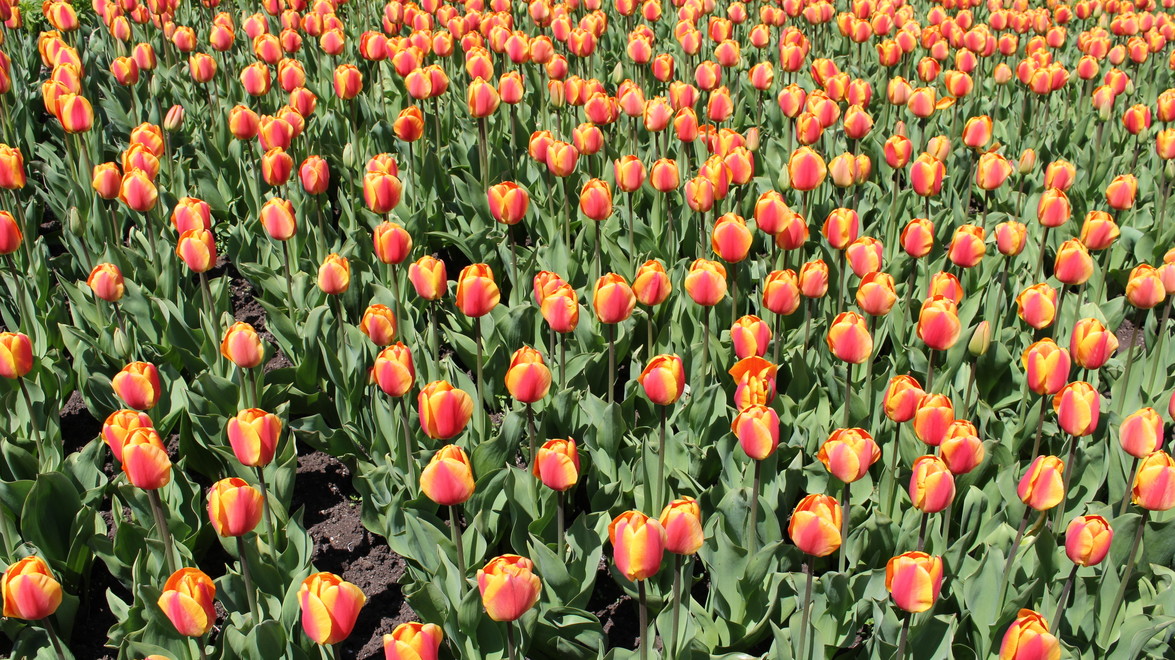
Even though the weather in early September seems more like July, it’s time to start thinking about bulbs.
Now is the ideal time to plan, plot and prep beds and borders for colourful flowering bulbs next spring.
Choose an area where there is well-draining soil. Loosen soil in the planting bed to a depth of at least eight inches. Mix in compost, other organic matter or slow releasing fertilizer if your soil lacks nutrients. Add a little bone meal into the bottom of the hole to feed the roots.
Once you’re set to go, head to your favourite garden centre where an excellent variety of crocus, hyacinth, snowdrops, tulips, daffodils, fritillary, muscari, allium and many more await you. Look for plump, firm bulbs. Also check the root base to make sure this area is firm and intact.
Plant the bulbs at a depth of approximately three times their diameter. Most bulbs will come with labels that recommend planting depth.
It is recommended that you should plant at least six weeks before the ground freezes. Of course, the earlier you plant in the fall you can work in the garden without freezing your fingers.
Once the bulbs are planted, fill with soil and lightly compress the soil, but not so it’s hard packed. Water to stimulate root growth.
If you want to get a bit adventurous, plant a variety of bulbs at different depths in the same hole with staggered bloom times. This method will give you flowers right through spring.
Rodents such as squirrels, chipmunks, moles, or voles, can be a problem for some varieties of bulbs. Daffodil bulbs are poisonous and shouldn’t be bothered. You can interplant daffodil bulbs with more susceptible varieties to offer some protection. Another method to stop rodents from ruining the spring show is to line your flowerbed with wire mesh.
With a bit of planning and work, your garden will be a welcome sight in the spring of 2017 after a long, cold winter.
